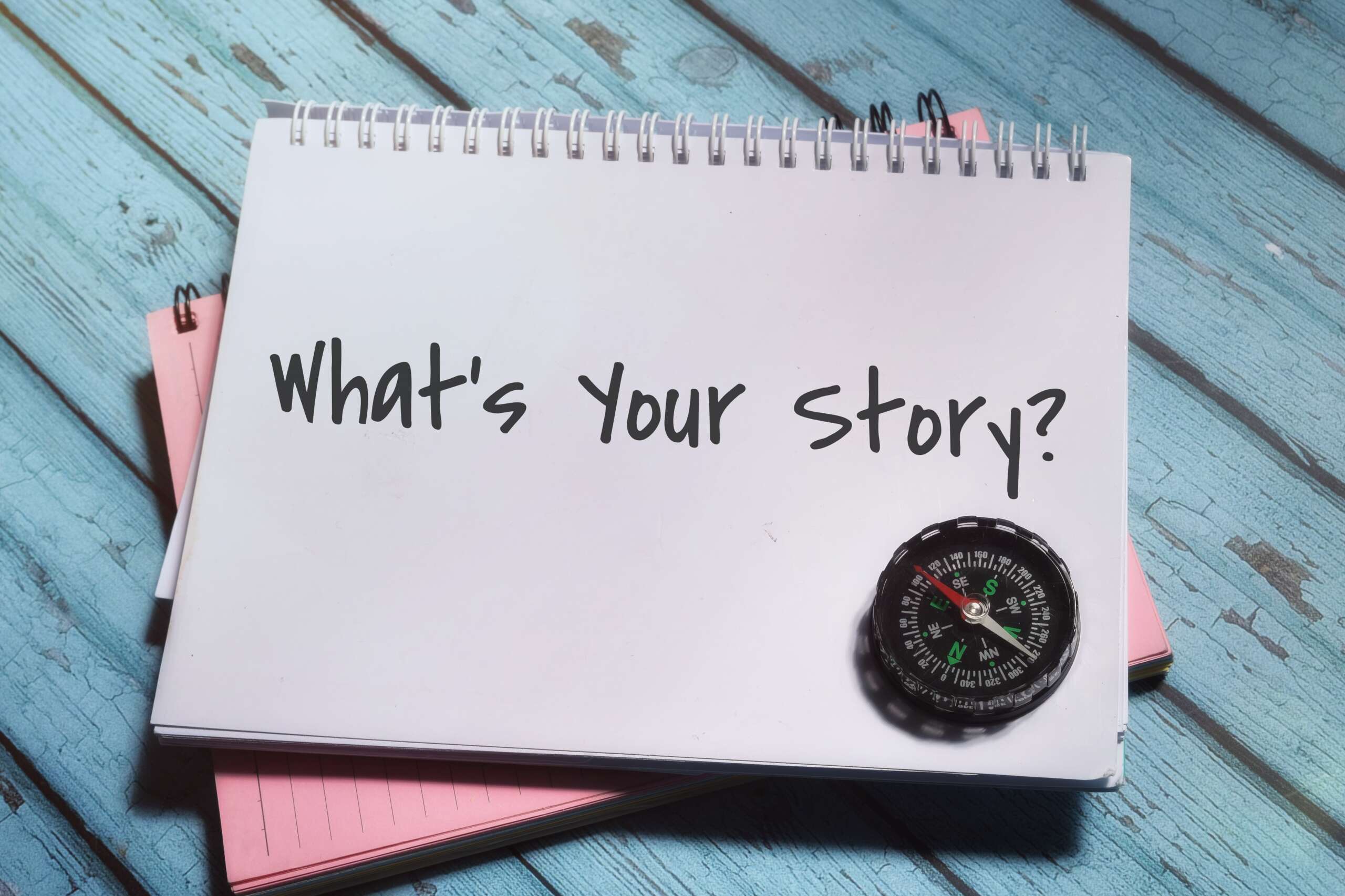‘Maybe not today, maybe not tomorrow, but someday and for the rest of your life!’… Though in a very different context, Humphrey Bogart and Ingrid Bergman were on the ball all those years ago… and while once upon a time it may have been easier to avoid the sustainability elephant in the room, times have changed, government policies have changed, and our climate has changed and continues to change. We are in a climate and biodiversity crisis and it is all of our responsibility to make decisions consciously that are better for people and the planet. People are making more conscious purchasing decisions too, and being a business that prioritises sustainability is not only good for business, it is integral to your own business sustainability and long-term survival.
Globally speaking…
In a global context where uncertainty is the only certainty, working to what we do know is key. Climate change is the backdrop to all other crises – this we know. Long after the Covid pandemic passes, and the protracted difficulties of Brexit are ironed out, climate change will remain. The global recovery must not only embrace the build-back better mantra, it must action it. Governments (not all of course, but more than ever before) are stepping up efforts to make the shift needed, prioritising sustainability and environmental, economic, and social resilience. Public awareness of, and engagement with the climate agenda is growing too, and businesses have a hugely important role in not only meeting public demand and expectations but in being leaders. Businesses that are showing leadership are uncovering new opportunities, developing new consumer reach and interest, and excelling through embracing climate action and social responsibility. Take for example Logitech and all the great work they do around sustainable design (well worth taking a peek by the way). It’s incredible what’s being done, and people are taking notice. These are the businesses that stand out from the crowd. That will continue to stand out from the crowd. And thrive.
It can be very easy to get muddled in the policy talk, COP this, Green Deal that, Directive who… And not so easy to decipher the relationship between these, and what these mean at a business and practical level. For this, it’s important to take a step back and explore some of the key agreements, policies, and directives defining the future of business.
The main backing track framing global climate action are the global agreements. In this instance, namely the Paris Agreement, the legally binding international treaty on climate change, adopted by 196 Parties at the 2015 Conference of the Parties (COP) 21. The agreement sets a global framework to avoid dangerous climate change by limiting global warming to well below 2°C and pursuing efforts to limit it to 1.5°C (global carbon must be halved by 2030 to keep within a 1.5C rise in temperature, above pre-industrial levels). In December 2020, the EU submitted its updated and enhanced NDC (Nationally Determined Contribution) targeting to reduce emissions by at least 55% by 2030 from 1990 levels. All Parties to the Paris Agreement are required to submit NDCs, with these recorded in a public registry. In June 2021, the European Council adopted Europe’s Climate Law which legally binds all 27 member states to collectively accomplish this ambition. While also setting the trajectory for a negative carbon economy after 2050. The EU has been working towards Europe’s Climate Law and achieving a legally binding target of net-zero greenhouse gas emissions by 2050 since it launched its vision under the European Green Deal, in 2019.
Europe and the United States lead the charge in the commitment to reaching net zero emissions by 2050, with efforts ongoing to bring more countries on board at the November UN climate summit (COP 26 in Glasgow).
Regionally speaking…
The European Green Deal is for everyone. Setting an ambitious future strategy for Europe, the Deal includes cutting greenhouse gas emissions, investing in research and development, and preserving and restoring Europe’s natural environment. It’s an all-encompassing, and holistic approach to addressing the challenges while focusing on the opportunity and the potential for the European economy, society, and environment, prioritising resilience building, mitigation, and adaptation.
Climate action is at the heart of the deal. Europe’s role and responsibility in keeping average global temperature rise within the 1.5 degrees celsius, and well below the 2 degrees, front and centre.
Importantly for businesses, it will overhaul almost every aspect of the European economy, from food consumption to manufacturing and transport, to construction and energy generation.
Here are the 10 main points in the commission plan, with more detail only a click away via Climate Home News:
1. ‘Climate neutral’ Europe.
2. Circular economy.
3. Building renovation.
4. Zero-pollution.
5. Ecosystems & biodiversity – addressing biodiversity loss.
6. Farm to fork strategy.
7. Transport.
8. Money – a ‘Just Transition Mechanism’ to support those regions most heavily dependent on fossil fuels in the transition.
9. R&D and innovation.
10. External relations – EU diplomatic efforts have been mobilised to support the delivery of the Green Deal.
Coupled with the Green Deal ambitions, the NextGenerationEU (NGEU), the temporary instrument designed to boost the pandemic recovery, is the largest stimulus package ever financed in Europe, focused on rebuilding a greener, more digital, and more resilient Europe. There are some elements that might even surprise (…in a good way), such as the New European Bauhaus, bringing the Green Deal to Europe’s living spaces, calling for a collective effort to imagine and build a future ‘that is sustainable, inclusive and beautiful for our minds and for our souls’ (…poetic quote compliments of the Commission). It’s an environmental, economic, and cultural project that combines design, sustainability, accessibility, affordability, and investment to help deliver the European Green Deal. The design phase will lead to the opening of calls for proposals in autumn 2021 and will support new initiatives in at least five member states.
Beyond anything that has been done before, the ambition and intention of the European Green Deal will be transformational for Europe. This is the plan that will re-energise and reset our economy from high carbon-intensive to low carbon, more resilient, inclusive, and sustainable. It has arms and legs and will affect all corners of how we do business.
From here and following the adoption of Europe’s Climate Law (mentioned earlier), the European Commission, in July 2021, presented the legislative tools to deliver on the targets agreed in the Climate Law and which support and underpin making the European Green Deal a reality. The ‘Fit for 55’ legislative package includes a series of interconnected proposals aimed at aligning climate, energy, and transport policies with the targets agreed, translating Europe’s climate goals into concrete action. The legislative proposals include the ‘application of emissions trading to new sectors and a tightening of the existing EU Emissions Trading System; increased use of renewable energy; greater energy efficiency; a faster roll-out of low emission transport modes and the infrastructure and fuels to support them; an alignment of taxation policies with the European Green Deal objectives; measures to prevent carbon leakage; and tools to preserve and grow our natural carbon sinks.’
The future is looking more positive, sustainable, and resilient. With this momentum, Europe can be heading towards a brighter, cleaner, greener, and more equitable future.
Locally speaking…
Here at home, the landmark Climate Action Bill (The Climate Action and Low Carbon Development (Amendment) Bill 2021 passed into law in March 2021, setting the course for Ireland to align with the Paris Agreement and Europe’s ambition. The Bill commits Ireland to halve carbon emissions by 2030 and net-zero by 2050 in law, and sets a framework for Ireland to establish clear targets, placing these on a statutory footing. The Bill obliges the Irish government to adopt carbon budgets consistent with the Paris agreement and other international obligations. Actions for each sector will be detailed in the Climate Action Plan which must be updated annually, with the carbon emissions ceilings playing a key role in shaping the economy and the future of business. The public consultation (May 2021) on the Climate Action Plan 2021 asked for views on actions and priorities. The plan is under development currently and is due for launch in the coming months.
So what can your business do right now?
For every business type, sector, and size, setting goals, planning, and assessing risk is key.
There’s this handy 5-step plan from PWC to guide your approach:
- Establish your net zero ambition
- Conduct a business risks and opportunities assessment
- Set climate targets and prepare the organisastion for success
- Aligning strategy to net zero
- Report and verify
We mustn’t forget that climate action is an opportunity for a better, more equitable, and healthier society, an opportunity for enhanced and supported business resilience building, and a better living and healthier planet for all. The International Panel of Climate Change paints a catastrophic picture in a 2-degree-rise scenario, where among other impacts, 1.7 billion more people experience severe heatwaves at least once every five years, sea levels rise by a further 10 centimeters and coral reefs are essentially wiped out.
Climate action, sustainability, and resilience-building are a must for everyone, and for all businesses to survive and thrive. The best approach is to sit down with the elephant in the room and start to plan.
Do I really need to do anything?
The story with sustainability reporting.
For the larger businesses, the EU’s Non-Financial Reporting Directive established important principles for certain large companies to report sustainability information annually. The recently proposed Corporate Sustainability Reporting Directive extends the scope of these requirements to include all large companies (whether listed or not and without the previous 500-employee threshold). This means that all large companies are publicly accountable for their impact on people and the environment, and also responds to the growing demands from investors for sustainability information.
The proposal won’t put any new reporting requirements on small companies, except for SMEs with securities listed on regulated markets, which can report according to standards that are simpler than those expected of larger companies.
Though importantly, if you haven’t already, you likely will experience growing requests for sustainability information from larger companies that you supply, or from banks. The EU Commission has also proposed the development of separate, proportionate standards for SMEs. SMEs listed on regulated markets could use these simpler standards to meet their legal reporting obligations, while non-listed SMEs could choose to use them on a voluntary basis. For more information see Questions and Answers: Corporate Sustainability Reporting Directive Proposal.
If you’re a small-business owner planning for the future, consider how climate change will alter your operations. Greening of supply chains is a commitment that is growing and growing, and small businesses have the opportunity now to focus internally, to evaluate their business footprint, and make a plan.
Telling Your Story
It’s more important than ever to get the word out there about what you’re doing, what your business plans and ambitions are. People want to know. Your customers want to know. New customers want to know. And investors want to know. Momentum is building, and action is happening. The European Green Deal, Ireland’s Climate Action Bill, and the Corporate Sustainability Reporting Directive, to name but a few pieces of the puzzle, have set strong frameworks, intentions, ambitions, and actions in motion.
As a business, the time is now. Setting goals, initiating, planning, delivering, monitoring, and reporting on sustainability needs to be at the heart of your business and integral in your day-to-day. Sustainability is no longer a nice-to-have, it’s a must-have. Coupled with the shift in the public consciousness, and the growing awareness of environmental and climate issues, the signs are there. It’s time to set your course and move in that direction.
For more on telling your business story, your sustainability actions, efforts, and ambitions, a Sustainability Copywriter can help you connect with your customers and reach new audiences, can support you to effectively communicate all the great work that you’re doing, and build your brand loyalty. Communicating your story is so important. Engaging consumers, while motivating more action, sharing experiences, and building the community of ambitious and dedicated businesses working hard to shape a better future for all.
*Blog article last updated – July 2021




